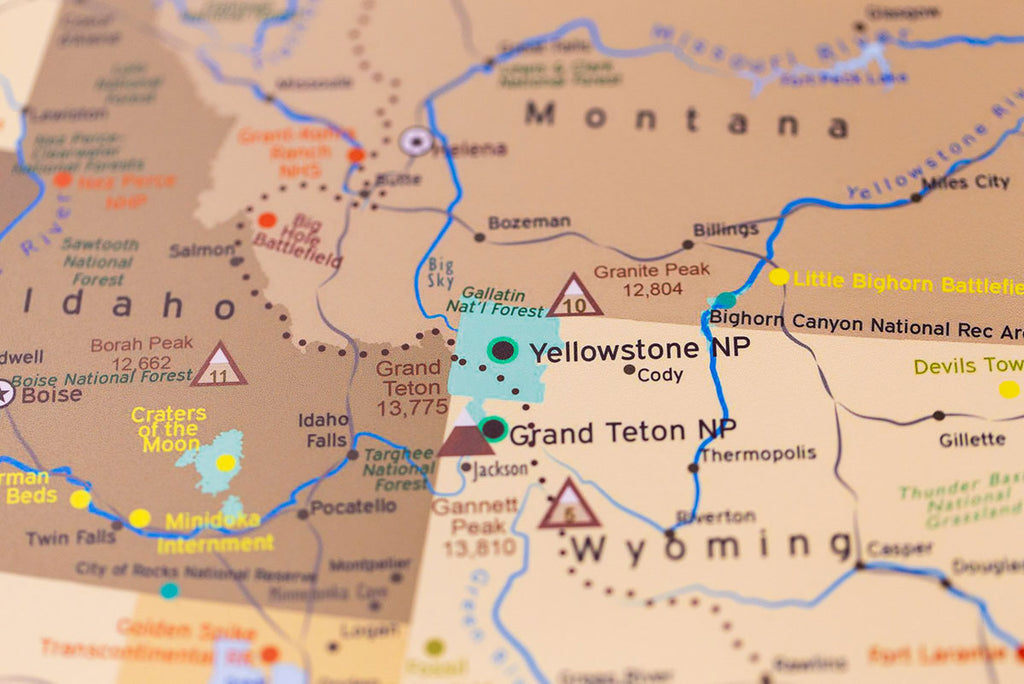Yellowstone National Park is one of the 61 National Parks that can be found on our USA National Parks Push Pin Maps. It is situated in a vast geological landscape and crosses the boundaries of three states: Wyoming, Montana and Idaho.
Yellowstone is one of the most renowned parks in the United States. What distinguishes this park from the others? Aside from being the oldest national park in the United States, it is also the second oldest in the world (Bogdkhan Uul in Mongolia was established in 1778). Designated as a national park in 1872 and a UNESCO Heritage site in 1978, Yellowstone boasts unique geothermal features, stunning scenery and an abundance of diverse species that co-exist within the park.
This post will focus on the wildlife that can be found within the park and an insight into the greater Yellowstone ecosystem. Let's begin!














